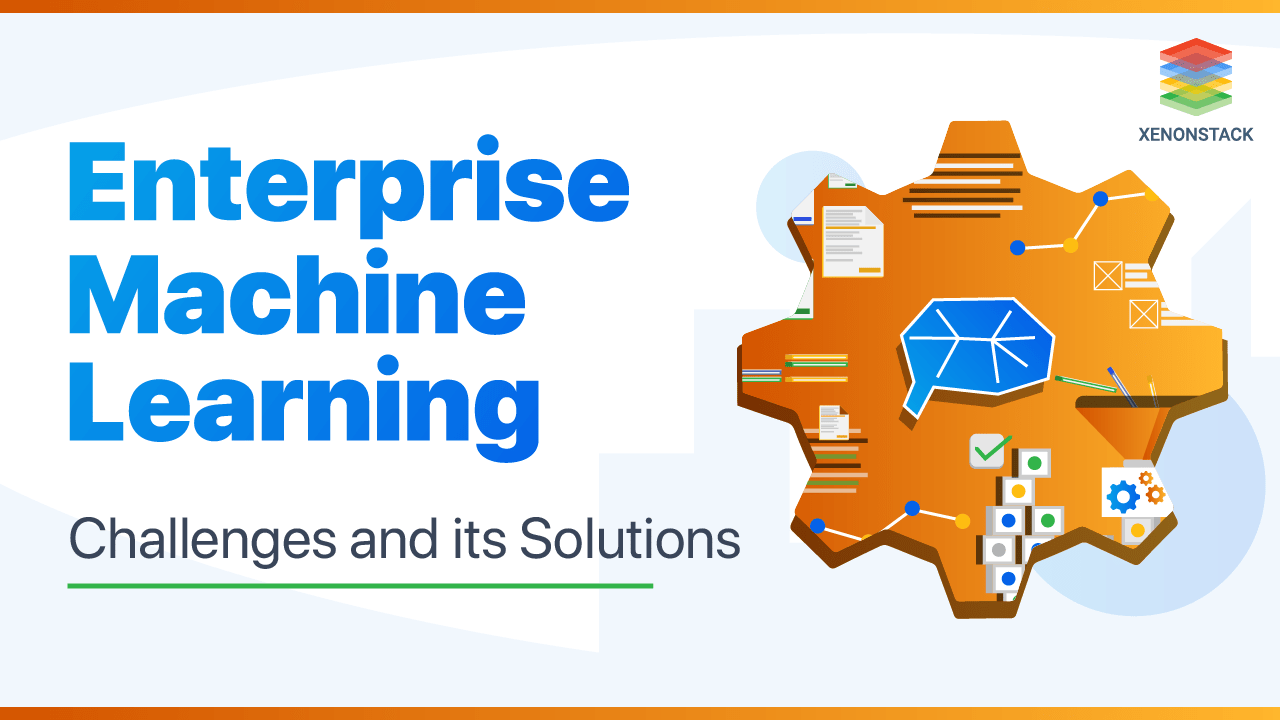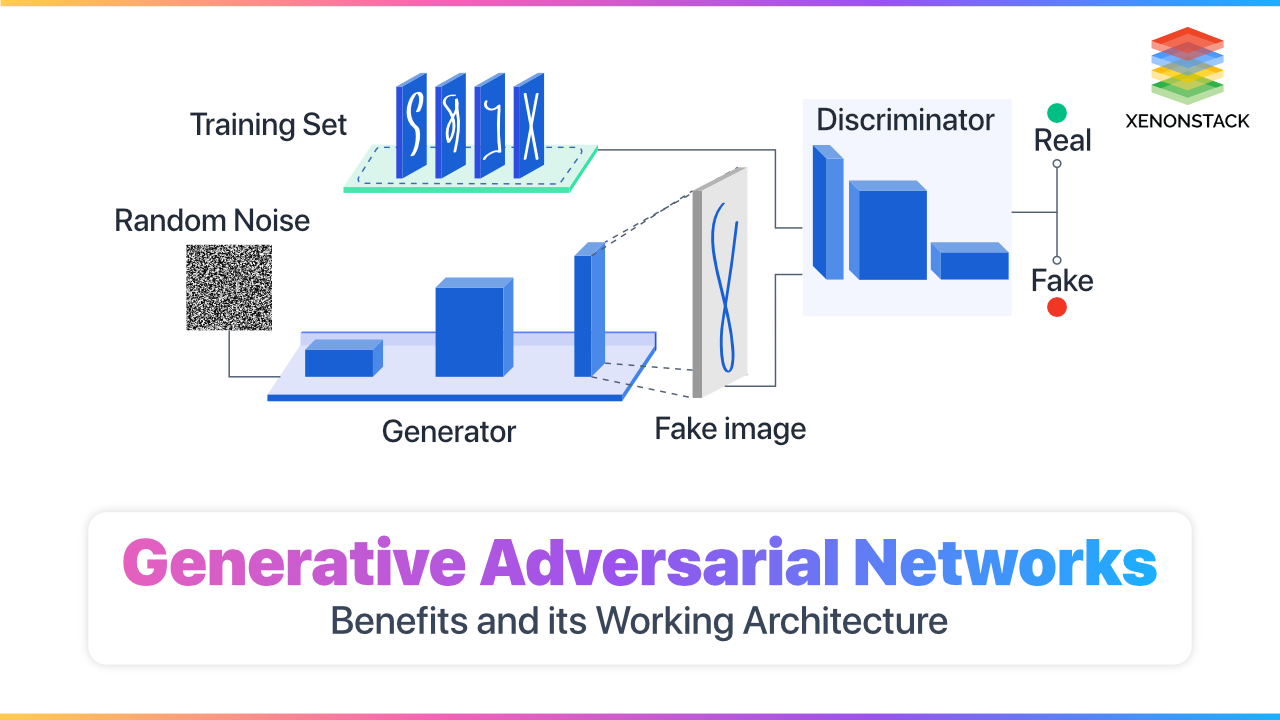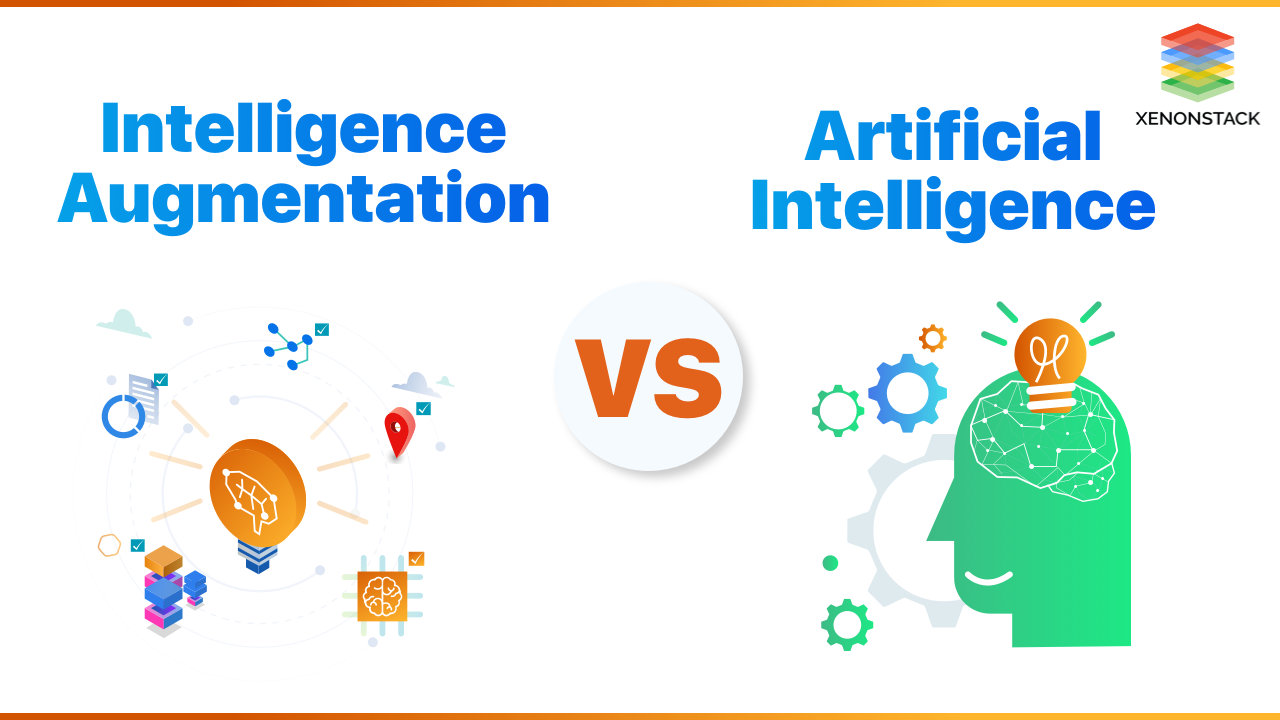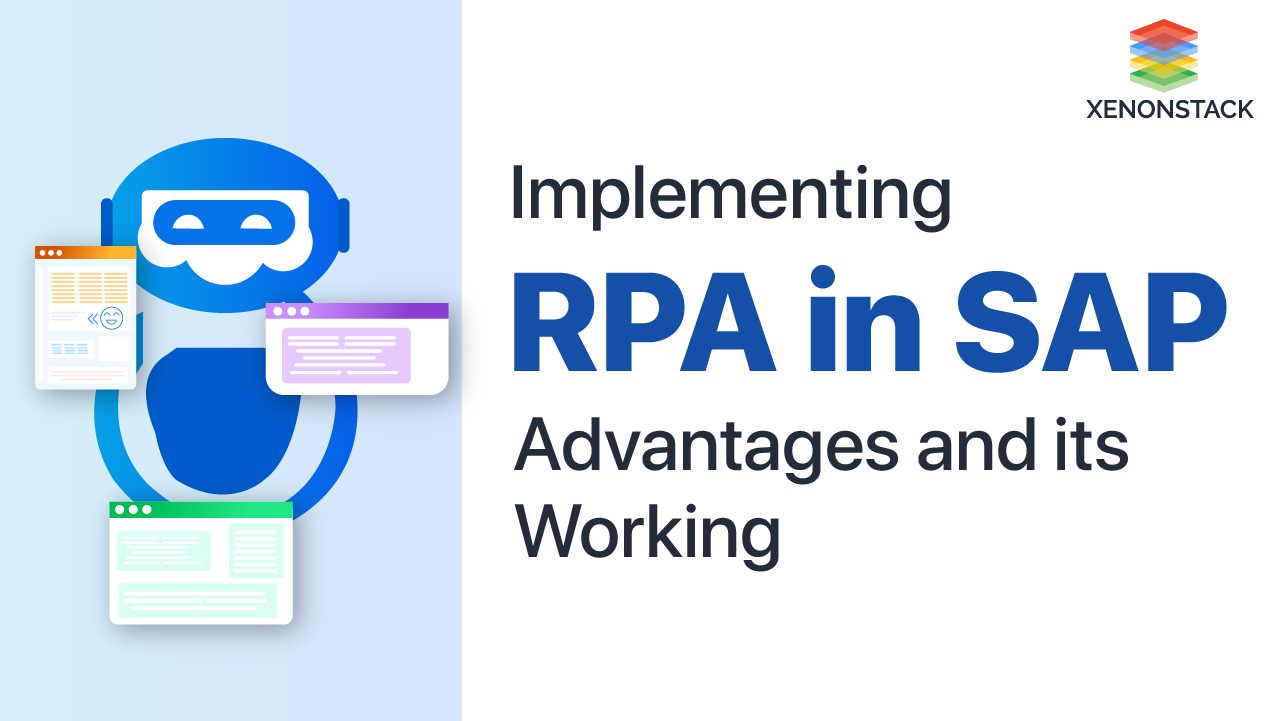
Introduction to Enterprise Machine Learning
Organizations are increasingly incorporating Machine Learning technologies into their corporate models, as technology has allowed enterprises to execute activities on a large scale while also creating new business opportunities. The growing use of Enterprise Machine Learning operations is mirrored in the ever-increasing number of use cases. The following are few examples of use cases
Recommendation Engines
Companies nowadays use recommendation engines to get the right offer to their consumers at the right time. It has become the standard technology for online shopping pages, with tools that consider the browsing history of aligning the preferences represented by other items’ history.
Automate ML Workflow and enable the sequence data to be transformed and correlated together in a model to analyzed and achieve outputs. Click to explore about, Machine Learning Pipeline Deployment and Architecture
Fraud Detection
As more financial transactions move electronically, the risk of fraud rises, necessitating fraud detection software.
Customer Analysis
Businesses now receive a vast volume of data from their clients. ML algorithms use in data lakes, where businesses store raw data and create consumer insights. ML uses to create customized content campaigns that improve consumer satisfaction.
Financial Trading
ML algorithms will look at records, identify trends in market results, and forecast how stocks will do in the future.
Virtual Assistants
Digital assistants such as Siri and Alexa are familiar to most people nowadays. Deep learning (DL) is critical in developing natural language processing, which allows the bot to communicate with the user and understand their interests.
Self-driving Cars
Autonomous vehicles learn to perceive events observed by cameras and other sensors and decide what step to take to drive a car down the road using neural networks. In this way, data-driven ML algorithms will approach human-like vision and decision-making.
Machine learning model Observability refers to tracking and understanding the model performance in production from both operational data science perspective. Click to explore about, Machine Learning Observability and Monitoring
Importance of Artificial Intelligence and ML in IT industry?
According to Forbes, 43% of businesses believe AI and ML programs are more important than we thought. In 2020, businesses will focus on projects that result in sales growth and cost savings. Enterprises will continue to address previous problems in the ML pipeline in 2021, emphasizing scalability, elasticity, and ML functionality. The main emphasis in 2018/19 was on reproducible data science, and businesses were worried about the rollout.
When and where do things get tricky?
The below are the points where do things get difficult;
Wrong Use-Case
The failure of specific ML systems can be traced back to an incorrect use case. Rather than having the challenge to decide the solution, most companies lead by technologies and search for opportunities to apply ML in their use cases. When ML is used in a use case, it often fails to produce output.
Incorrect Data
In ML, data is king. When a model trains on incomplete, disorganized, and biased data, it can produce unsatisfactory results. The incorrect data will devastate ML models more quickly than anything else.
Bias
When the data used to train the algorithm does not accurately represent reality. The data collection is incorrect, incomplete, or lacking in diversity.
Technical Complexity
The idea of feeding training data to a model and letting it learn from it may seem easy, but there is a lot of technical difficulty behind the scenes. Algorithms based on complex mathematical principles and the code these algorithms operate on can be challenging to grasp.
Lack of Generalizability
ML implementations know what they've learned; if they've only practiced on one item, they won't be able to apply it to something else. The algorithm should train again for any new use case.
A process that enables the developers to write code and estimate the intended behavior of the application Click to explore about, Unit Testing of Machine Learning with Test Driven
What are the challenges of Enterprise Machine Learning?
The below are the most critical issues for business data executives to consider in 2021.
Technical Debt
The most significant problem with AI and ML at scale is that computer scientists aren't doing any data science. When you look at how data scientists spend their days, you'll see that they spend most of their time doing things like configuring CPUs, GPUs, and ML orchestration software like Kubernetes containers.
Resource Management
A data scientist's roles have expanded to include resource management. Allocating computational power ML can be time-consuming and distracting from data science activities. Besides, hybrid cloud computing is becoming more common as a means of scaling AI.
Model Management
DL algorithms are also a challenge for data science teams. Tasks include data versioning, model maintenance, implementation of software, using open-source resources and frameworks. A data scientist should concentrate on designing ML models and measuring model output to speed up ML models.
Disconnected Workflows
There are two distinct significant workflows in the industry today. The DevOps workflow focuses on resource control, infrastructure, and output visualization. Businesses face technical debt, which affects manufacturing time and expense. Data science is the second disconnected workflow, which focuses on data collection, data processing, and model analysis.
Global Pandemic Transition and Recovery
Enterprises struggle with the worldwide pandemic's ramifications, just as they did in 2020. Data leaders must build technology that can withstand a hybrid work climate.
The procedure of evaluating the wellness of models performance against the real data. Click to explore about, Machine learning Model Validation Testing
What are the best solutions for Enterprise ML?
The enterprise ML faces various problems, but there are opportunities to improve productivity. Here are some tactics that decision-makers can use to boost ML's scalability, elasticity, and operationalization in the coming year.
Scale MLOps
ML operations (MLOps) minimize friction and bottlenecks between ML production teams and engineering teams. MLOps incorporates DevOps techniques with ML and AI development's specific requirements. MLOps enables teams to simplify DevOps processes and productionize ML models in the context of organizations. Many businesses neglect the technical difficulty and commitment involved in delivering ML models to market. Scaling MLOps activities would be critical in scaling and speeding up ML outputs. MLOps and automation will significantly boost the ML workflow and reduce manual DevOps assignments.
Container-based Orchestration
A container-based development platform can increase cluster workload coordination, speed, and size. Containers often help with reproducibility by exchanging the entire execution environment. Enterprises should even think about using a managed service that enables on-demand self-service provision of instances.
Adopt a Hybrid Cloud infrastructure
Combining public clouds, proprietary clouds, and on-premise tools provides mobility and stability. Businesses may not choose to use a virtual cloud system due to price, scalability, or legacy architecture. Containers are essential for a compact and scalable ML infrastructure. ML workloads can be assigned to various computing resources using containers.
An executable workflow of the machine learning task. It helps to optimize, build, and manage ML workflows. Click to explore about, End-to-End Managed Machine Learning Platform
Critical trends for Enterprises to focus on as they head into future
The AI/ML world has shifted dramatically in the last year due to COVID-19's economic effects. Companies turn to their AI investments for short-term cost-cutting and long-term technological growth to drive sales and performance in these turbulent times.
- Organizations Are Increasing AI/ML Budgets, Staff, and Use Cases
Before the pandemic, companies raised their AI/ML budgets, and the economic instability caused by COVID-19 heightened the urgency. The number of organizations with more than five AI/ML use cases has risen by 74% year over year. The top use cases that companies are focusing on are consumer service and process automation. These use cases will have top-and-bottom-line gains during periods of economic turmoil.
- Challenges Span the ML Lifecycle, Especially with Governance
Organizations are facing problems in the ML lifecycle, with AI/ML governance being the most important. Management, compliance, and auditability issues are top concerns for 56 percent of all organizations, and 67 percent of all organizations say they must comply with several regulations for their AI/ML.
Organizations continue to deal with the requisite deployment and operational problems, in addition to governance issues. According to the report, fundamental integration concerns citing a challenge by 49% of organizations and cross-functional coordination remains a significant roadblock to AI/ML maturity.
- Despite Increased Budgets and Hiring, Organizations Are Spending More Time and Resources—Not Less-on Model Deployment
Despite increased expenditures and headcount, companies are devoting more time and energy to model rollout. The time it takes to deploy a trained model to manufacturing has risen year over year. Organizations with more templates expend more of their data scientists' time on deployment.
In the end, companies have expanded their AI/ML resources without addressing fundamental organizational performance issues. As a consequence, businesses are devoting more time and resources to concept implementation, exacerbating the problem.
- Organizations Report Improved Outcomes with Third-party MLOps Solutions
To handle ML processes, many companies get better results (MLOps) by using third-party solutions. Organizations that either incorporate commercial point technologies into their operations or use a third-party network spend an average of 19-21 percent less on maintenance costs than organizations that develop and operate their systems from the ground up. Their data scientists spend a lower percentage of their time on model implementation on average, and it takes them less time to deploy a qualified model.
The shortage of professional in-house talent was the top challenge for companies implementing AI/ML programs before the pandemic. Organizations are now more concerned with moving ML models into production faster and ensuring their long-term success.
A part of Artificial Intelligence (AI) that give power to the systems to automatically determine and boost from experience without being particularly programmed. Click to explore about, Machine Learning Model Testing
Use Cases of Machine Learning
The top 3 use cases of machine learning are listed below:
Predicting the Weather using Machine Learning
Wind power forecasting estimates the expected power generated by wind turbines in the near future. The forecasting of wind power generation can be considered at different time scales. It can be long-termed (days to weeks) or short-termed (minutes to hours).
Solution
- There will be more than one prediction timestamp for every timestamp, but we have to consider only the latest prediction timestamp as the latest forecast is more accurate.
- There will be different values at different values of latitude/longitude, but we have to consider only 1 value.
- After cleaning the data, check the granularity of measurement data and weather data and map both the data.
- Find insights and make reports.
Fig 1: Solution Approach flow chart
Business Values
- Analysis of the power generated by turbines with the predicted one.
- Analysis on how different parameters are correlated with the generation of the power.
- Performance of the model, which is doing predictions.
- Key performance indicators for Exploratory Data Analysis
User and entity behavior analytics Machine Learning
To build a completely automated monitoring system that continuously uses learning to study logs, this analysis should be utilized to detect abnormal and unusual behavior and offer security by creating alarms and sending alerts when unusual activity is discovered.
Solution
Business Value
- The primary goal is to include User Entity Behavior Analytics (UEBA) into the Metasecure project.
- UEBA employs machine learning algorithms and statistical studies to detect abnormal network activity.
- After UEBA has established a baseline for each entity's expected behaviours and activities in the network, it may inspect the data and compare all actions to these baselines.
- Machine Learning (ML) methods will be used to examine these variances utilizing data from logs, flow, and packet metadata, among other sources.
Object Detection using Machine Learning
The requirement is to develop object detection which can detect the following objects:
- Desktop screens
- Keyboard
- Mouse
- Chairs
Following are the requirements of the whole solution:
- General information about these articles should be there in the bounding box.
- There should be a dashboard where we can show the analysis of our detection.
Solution Flow
Business Values
The solution can perform object detection using which it can detect the objects, and on the Bounding Box, the information of that object is there.
The Dashboard provides the main business value here, having appropriate KPIs that can show the data that this object detection model will save.

Conclusion
AI will almost certainly deliver on its previous commitments. Enterprises can reduce the expense, time, and technical difficulty of building ML if decision-makers efficiently respond to emerging technology and infrastructures. Many enterprises use MlOps to set up their ML for scale by using container-based applications and managed services.
Furthermore, improved resource optimization and the use of a hybrid cloud environment will help businesses save money and boost ML. ML and DL accelerators are two other ways that companies are leading the AI competition. Many of these techniques are interconnected, and they can necessitate a complete overhaul of legacy processes. But, thankfully, companies are finding it more comfortable to convert their ML infrastructures. Even the most developed architectures have been able to implement a new AI infrastructure.
- Discover more about ML Model Testing Training and Tools
- Read more about ML Model Visualization Tools


